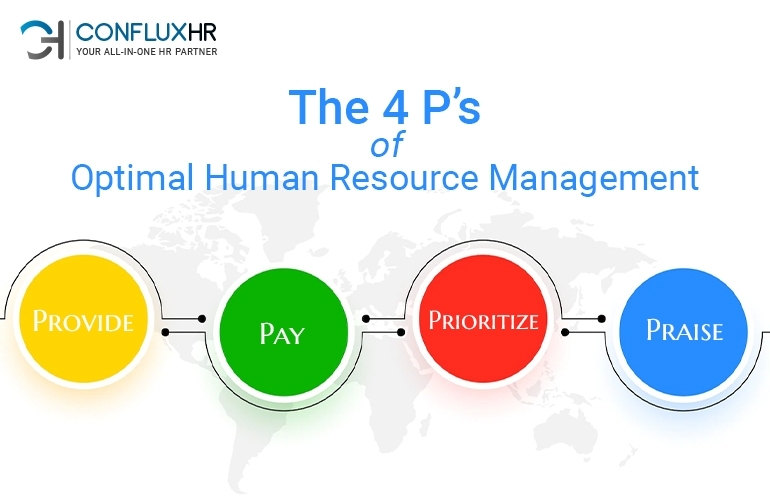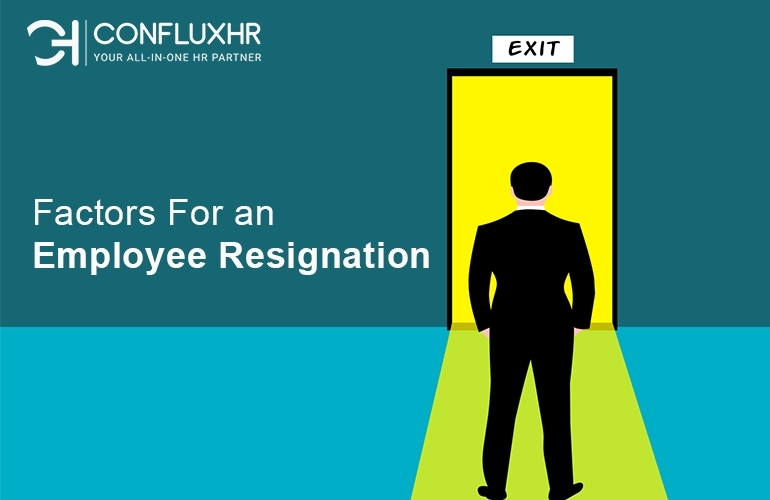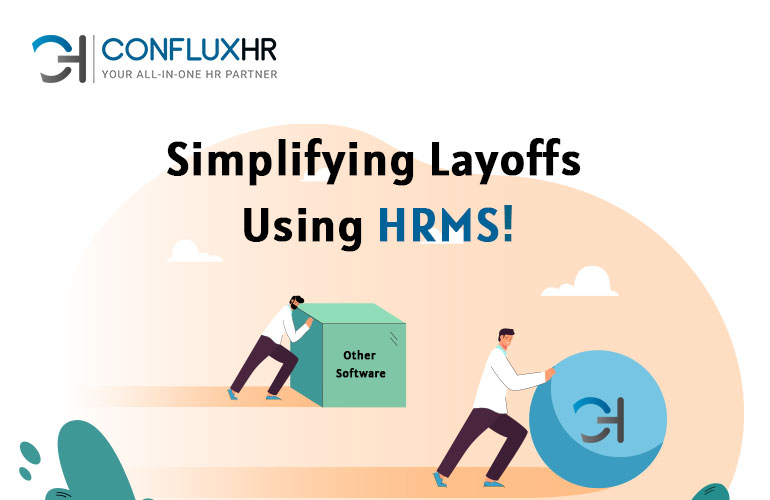The youthful generation, now entering the workforce, feels more empowered than ever to find a career they enjoy. Such a scenario implies that they will go from one job to the next until they discover their ideal fit.
Effective human resource management is required to ensure employee happiness and retention. In case of a resignation, employers must also manage the complete exit process of employee to reduce compliance issues and maintain consistent off-boarding of their valued employees.
The Shifting Tide of HR Trends in 2022 and Beyond
Technology has permitted a never-ending employment search for upcoming youthful employees. According to Statista, based on survey data collected in February 2022, the most significant reason for quitting a job in 2021 was insufficient compensation.
Lack of career advancement was also frequently stated as a reason for resignation. As a result, HR professionals constantly seek new ways to optimize human resource management and keep their eyes peeled for better chances in the periphery.
Here are the ‘Four Ps’ you can deploy to avoid the hassle of going through a tedious employee exit process:
Provide Opportunities in Terms of Growth
Check in with employees regularly to learn what aspects of their employment they like the most. Inquire about what else they’d like to know. Allow them to shadow you or others in the firm who can teach them desirable skills.
Opportunities for advancement and leadership responsibilities should be trumpeted into their ears. Make a clear route for them to follow with tactical steps they may take to acquire those responsibilities.
ConfluxHR may assist you in communicating successfully with your resources in this situation by providing enhanced tools for managing, administering and tracking learning and development programs, one-on-one dialogues, and so on.
Going further, according to Statista, as of 2021, 49% of job applicants regarded career growth possibilities, employer ethics, and values as other key factors in assuring job satisfaction.
Pay Your Employees Practically
Overall compensation was the most important criterion for job seekers accepting work in both 2021 and 2022. This percentage climbed dramatically throughout this period, with a 15% increase in respondents claiming this as their primary reason for accepting a job in 2022.
Furthermore, Statista stated that respondents in 2022 were less concerned with corporate location, company values, and job security than they were in 2021.
ConfluxHR’s Performance Management Module can help you manage employee performance and evaluation issues. You may give employees bonuses to encourage hard work. Compensating staff for extra effort done for the organization goes a long way in terms of employee loyalty.
Prioritize Employee Health First Policies
If your employee is happy and healthy, they will work hard for your company. Aside from including therapy and medication coverage in your benefits package, there are various other ways to encourage employees to live healthy lifestyles.
As part of a benefits package, you may include a gym membership. Allow staff to arrive late or depart early once a week to attend a yoga or group exercise class. Work with employees schedules to ensure that personal health initiatives are balanced with office hours.
Praise Employees for Excellent Work
Employees must understand that what they do for your company is important. If you don’t show them how they can make a difference, they’ll move somewhere that does. Make time during the day to congratulate the staff for their efforts. It may even start by saying, “You’re doing great today!”
Such practice reminds them of their fantastic job and explains how they’re an important part of the team. According to a survey done in India between December 2021 and January 2022, 44 per cent of full-time employees were satisfied with their current job.
It will foster empathy and understanding between the two roles.
Conclusion
Employees will become increasingly difficult to keep; since technology allows us access to vast amounts of data regarding employment. Your employer brand is on the front lines versus competing organizations that threaten to take better care of your talent than you.
Keep in mind the ‘Four Ps’ to keep your talent from going elsewhere. ConfluxHR, on the other hand, may also assist you with the employee leave process. Our HRMS Platform offers comprehensive human resource management services, from recruitment to employee exit process management.
Are you interested in learning more about how ConfluxHR can establish a systematic human resource management approach for your team?
Sign Up for the on-demand ConfluxHR live demo.
Also read: 10 Factors for an Employee Resignation





